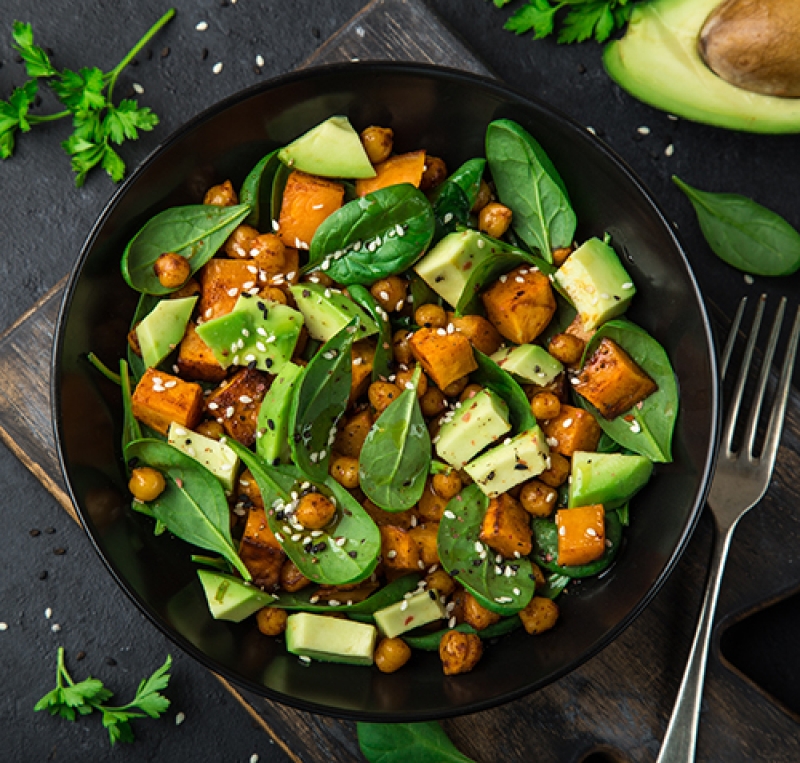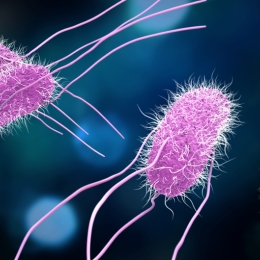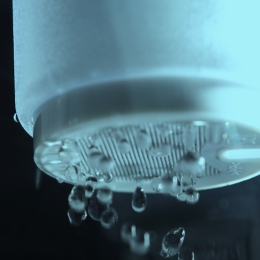What to know about 4 common toxic elements
When you sit down to a healthy meal of greens, roasted root veggies, seafood, and whole grains, toxic elements probably don’t cross your mind. But cadmium, arsenic, lead, and mercury can show up in unexpected places. Here’s what to know about toxic elements and how to minimize their harm.
How they get into our food
Lead, cadmium, mercury, and arsenic (often called heavy metals, though not all are metals) are naturally occurring elements in the Earth’s crust. But we’ve ramped up our exposure to them by, among other things, burning fossil fuels and adding them to paint, gasoline, water pipes, batteries, and pesticides.
How much of each ends up in your food depends on where the food was grown, raised, or processed and how much of each metal the food extracts from the environment.
So just because, say, some sweet potatoes test positive for lead doesn’t mean all sweet potatoes are a problem. (If they do contain lead, peeling can lower levels.)
Harmful for all
In general, heavy metals pose a greater threat to kids than adults.
“They’re harmful to children’s developing brains,” says Tom Neltner, national director of Unleaded Kids, a nonprofit aimed at protecting children from lead exposure. “And we like kids to have good brains.”
Those harms include developmental delays, behavioral problems, lower IQ, attention deficits, and more.
What puts babies and young children at greater risk? For a start, they absorb metals more efficiently—and eat more food relative to their body weight—than adults. They may also eat many of the same foods day in and day out.
“But everybody should be concerned about their intake of toxic elements,” says Neltner. “Lead is linked to cardiovascular disease and cadmium to kidney damage.” And inorganic arsenic can cause cancer.

Diversify your diet
Foods that are high in heavy metals don’t look, taste, or smell any different than other foods.
“And buying organic won’t make much difference,” says Neltner. (Exception: Cadmium may be lower in some organic wheat products that aren’t grown using phosphate fertilizers, which contain the metal.)
What to do? “Eat nutritious food,” says Neltner. “Don’t avoid leafy greens or sweet potatoes.” They’re rich in vitamins, minerals, fiber, and phytochemicals that protect health.
What’s more, minerals like calcium, iron, zinc, and selenium can help blunt heavy metal absorption and curb the harmful effects of heavy metals in the body.
Don’t want to track your mineral intake? A diet rich in vegetables, fruits, whole grains, legumes, and nuts, with some lowfat dairy and lean meat or poultry, should cover your bases. Want extra insurance? Take an ordinary multivitamin with minerals.
Finally, “variety is key,” says Neltner. Eating the same foods every day could overexpose you to some heavy metals.
For example, if tuna is the only fish you eat, you could be overdoing it on mercury. Why not try adding salmon or scallops to the rotation.
Cadmium
Food sources
Cadmium is primarily found in foods like leafy greens, root vegetables, and grains.
But last year, Consumer Reports found cadmium (and lead) in all 48 chocolate products it tested. One in five had between 3 and 6 micrograms of cadmium per serving. (Levels were typically higher in dark chocolate than in milk chocolate.)
Health concerns
Cadmium exposure is linked to lower IQ in kids, lower birth weight in babies, and kidney damage and lower bone mineral density in adults.
How much cadmium is too much? Based on a recent analysis by the FDA, it’s a good idea for a 150-pound person to keep their intake under roughly 15 micrograms per day.
The good news: Some minerals can help protect you from cadmium. When researchers fed rats diets that were only slightly deficient in iron and calcium, the animals absorbed and retained roughly 10 times more cadmium than when their diets had enough iron and calcium.
And in a study of some 600 women, those with iron deficiency had higher blood and urine levels of cadmium.
What to do
If you’re a big fan of spinach and sunflower seeds, try kale and pumpkin seeds once in a while. And chocolate lovers can check out the Consumer Reports study to help find lower-cadmium brands.
Inorganic Arsenic
Food sources
Contaminated drinking water is the biggest source of inorganic arsenic, the most toxic form of the element.
Rice ranks second because it soaks up arsenic from the soil and flooded fields where it’s grown.
What helps: Cooking rice in excess water—the way you’d cook pasta—can slash its arsenic by 25 to 40 percent.
The downside: When cooked in excess water, white rice also lost 40 to 75 percent of its iron and 30 to 65 percent of its niacin, thiamin, and folate (all are B vitamins). In contrast, brown rice lost none of its iron or niacin (but 50 percent of its thiamin and folate).
What doesn’t help: Rinsing rice before cooking barely cuts arsenic, and it washes away much of the B vitamins and iron in white rice.
Health concerns
Arsenic exposure is linked to behavioral problems and lower IQ in kids. And chronic arsenic intake may lead to skin, bladder, or lung cancer.
The FDA estimates that typical lifetime intakes of arsenic from rice account for 10 cases of bladder cancer—and 29 cases of lung cancer—in every one million Americans every year.
What to do
Cook your rice in excess water (like pasta). Choose infant cereals made of grains like oats, wheat, or quinoa and skip the puffed rice snacks.
Lead
Food sources
Lead shows up in a wide variety of foods, from sweet potatoes (regular and baby food) to wine, spinach, and more. Drinking water is also a source for people who have lead water pipes.
Last year, WanaBana recalled its children’s cinnamon applesauce pouches after testing found extremely high lead levels. (The levels were 200 times higher than the FDA’s proposed limit for lead in baby food.) Some suppliers illegally add lead to spices like cinnamon to enhance their color, says the FDA.
Health concerns
Lead easily crosses the blood-brain barrier in fetuses and young kids, where it can cause potentially permanent damage to the developing brain, resulting in lower IQ, attention deficits, or behavioral problems.
The FDA hasn’t yet finalized its guidance to food companies on lead limits, but recommends that children get no more than 2.2 micrograms—and women of childbearing age get no more than 8.8 mcg—of lead each day from food and beverages.
Even relatively low blood levels of lead during pregnancy increase the risk of miscarriage or low birth weight. And low levels are linked to a higher risk of high blood pressure, cardiovascular disease, and kidney damage compared to very low levels.
What to do
If you have lead pipes, get a water filter that reduces lead. You can also check out Consumer Reports, which has tested many brands of chocolate, spices, and baby food for lead.
Mercury
Food sources
Seafood is the top source of mercury in food.
Although all seafood contains some mercury, larger predatory fish—like sharks, swordfish, and tuna—tend to accumulate more because they consume smaller fish and they live longer.
Health concerns
Mercury is linked to lower IQ and problems with memory and attention in children.
In some (but not all) studies, elevated levels of mercury in blood, hair, or toenails are linked to a higher risk of cardiovascular disease. That said, seafood eaters typically have a lower risk of cardiovascular disease.
And at very high blood mercury levels—about 20 times the EPA’s recommended limit—the metal can cause poor muscle coordination and tingling or numbness around the mouth or in the hands and feet.
What to do
Plenty of seafood is low in mercury and rich in beneficial omega-3 fats.
Like tuna? Pregnant or breastfeeding adults and young children should avoid tuna steaks and albacore and eat canned light tuna no more than once a month. (For more, go to cspinet.org/mercury.)
Tags
Topics
Continue reading this article with a NutritionAction subscription
Already a subscriber? Log in
More on contaminants
Food safety, nutrition, and health news: Nov. 17, 2023
Sugary Drinks

Congress must act to protect children from lead in food
Government Accountability

What you need to know about food poisoning
Food Safety

How to find the best filter for your tap water
Preventing Disease

Peter's Memo: Clean water is a human right
Government Accountability


